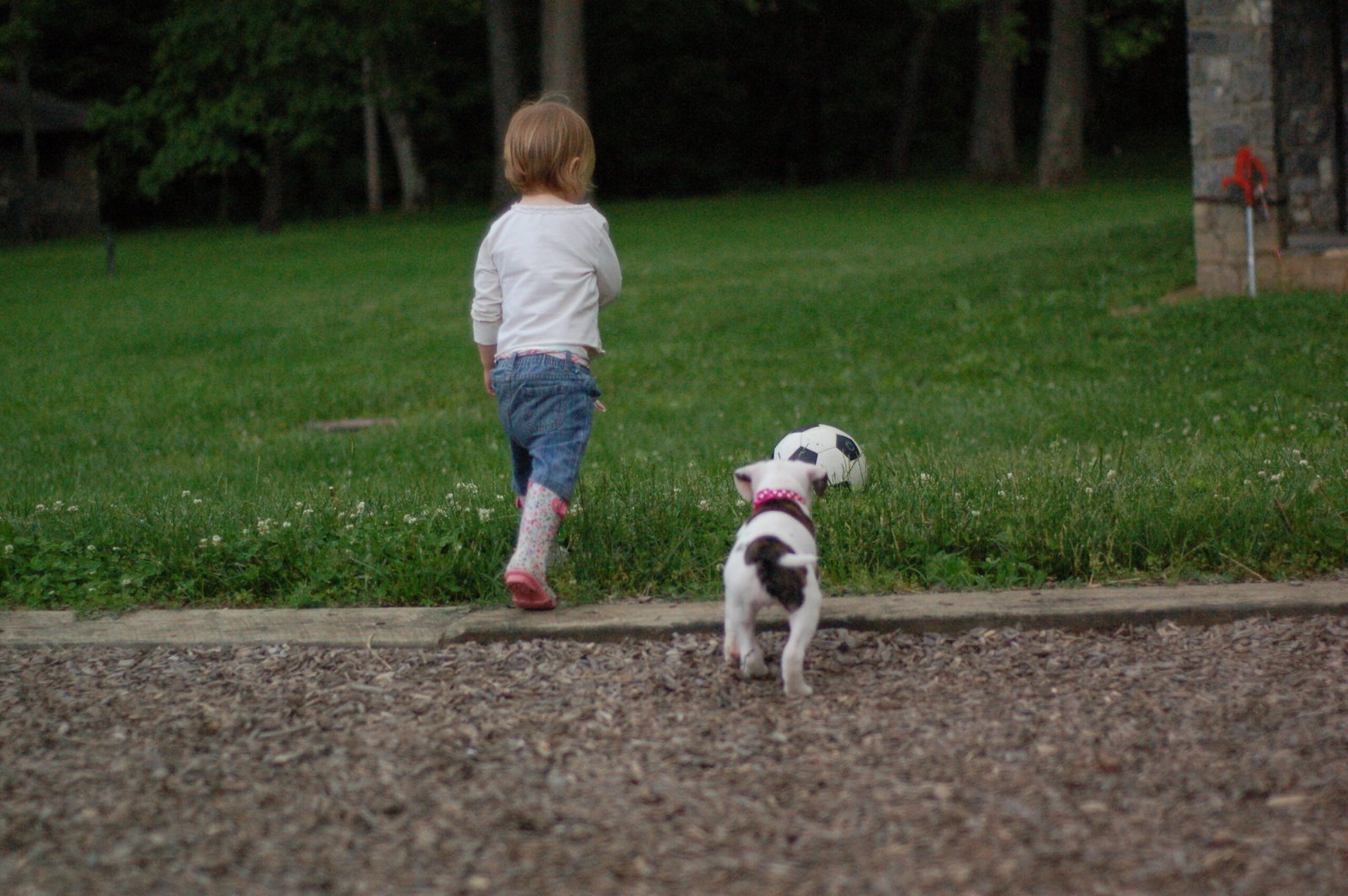Have you ever wondered why some dogs, even the sweetest ones, suddenly act nervous, destructive, or withdrawn? It’s heartbreaking to see a beloved pet struggle with anxiety, especially when you only want the best for them. But what if the root of their distress isn’t genetics or past trauma—but a simple, well-intended training mistake almost every dog owner makes without realizing? This is the hidden error that quietly shapes your dog’s emotions and confidence, often from puppyhood. Let’s unravel this surprising secret and discover how to avoid setting your dog up for a lifetime of worry.
Confusing Consistency: The Silent Saboteur
Consistency is hailed as the golden rule of dog training, but it can be shockingly easy to get it wrong. Imagine you’re teaching your dog to stay off the couch. One day you strictly enforce the rule; the next, you’re tired and let them up for a cuddle. While this seems harmless, it sends mixed signals that leave your dog feeling insecure. Dogs thrive on predictability, and when the rules change randomly, it shakes their sense of stability. This uncertainty can gradually grow into anxiety, as your dog never knows what to expect. Just like children, dogs look to their humans for guidance and reassurance. If that guidance is a moving target, confusion and stress are almost inevitable.
Ignoring Body Language: Missing the Warning Signs
Many owners focus on commands and routines but overlook the subtle cues dogs use to express discomfort. A tucked tail, lip licking, or averting eyes are not just quirks—they’re pleas for help. When these signs go unrecognized, anxious behaviors escalate. For example, a dog who’s pushed to greet strangers despite showing fear may learn that their warnings are ignored, making social situations terrifying. Owners often misread these moments, thinking their dog is simply stubborn or shy. In truth, the dog is desperately trying to communicate their emotional state. Recognizing and respecting these signals is critical for building trust and preventing anxiety from taking root.
Overusing Punishment Instead of Guidance
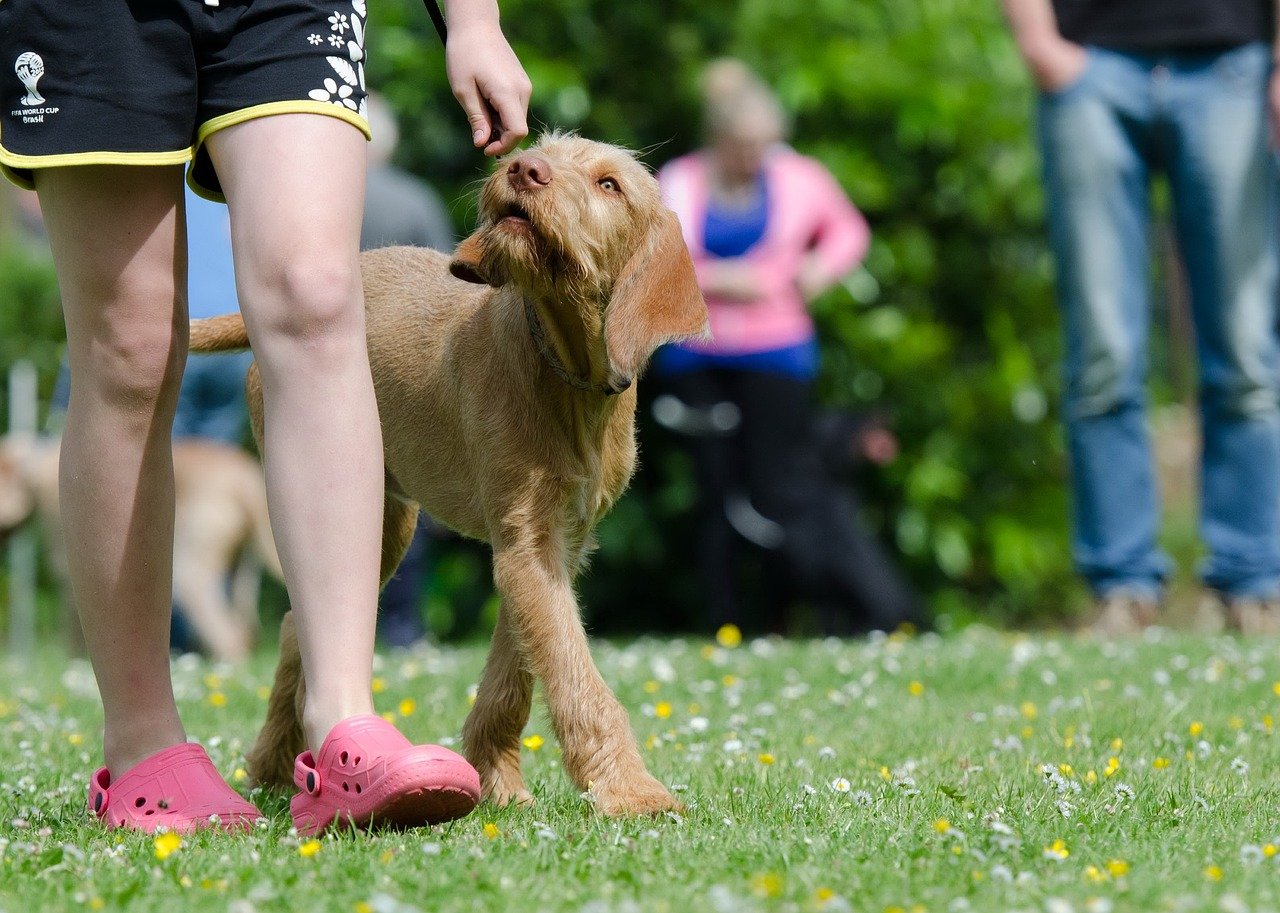
It’s tempting to react to unwanted behaviors with scolding or physical corrections, especially in moments of frustration. However, punishment rarely teaches dogs what you want them to do—it only teaches them what to fear. This creates a toxic cycle where the dog becomes anxious about making mistakes, leading to more mistakes and more punishment. Dogs who are frequently punished often become nervous or withdrawn, anticipating negativity in everyday interactions. They may cower, hide, or even become aggressive out of self-defense. Instead, focusing on positive reinforcement and gentle redirection fosters security and confidence, breaking the anxiety cycle.
Skipping Socialization: The Missed Opportunity
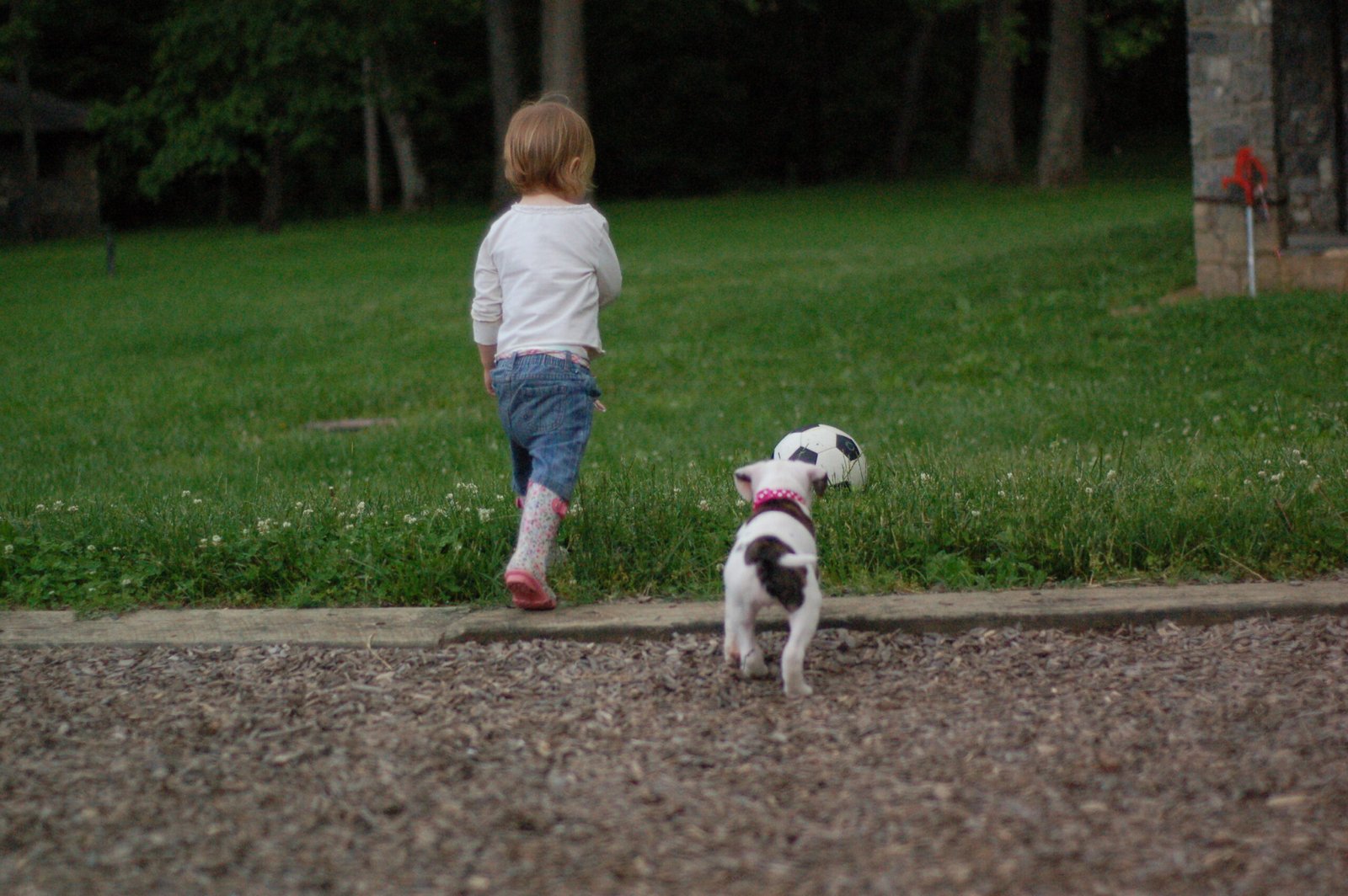
Early socialization is a critical window that closes quickly. Dogs need gentle, positive exposure to people, places, noises, and other animals while they’re young. When this step is overlooked, dogs grow up seeing the world as a scary place full of unknowns. The result? Every new experience triggers anxiety. Socialization isn’t just about playdates at the park—it’s about teaching your dog that the world is safe and full of good things. Without it, even the most well-meaning training later on may never erase deep-seated fears and insecurities. The good news is, mindful socialization can set the stage for a life of curiosity and calm.
Inconsistent Reactions to Separation
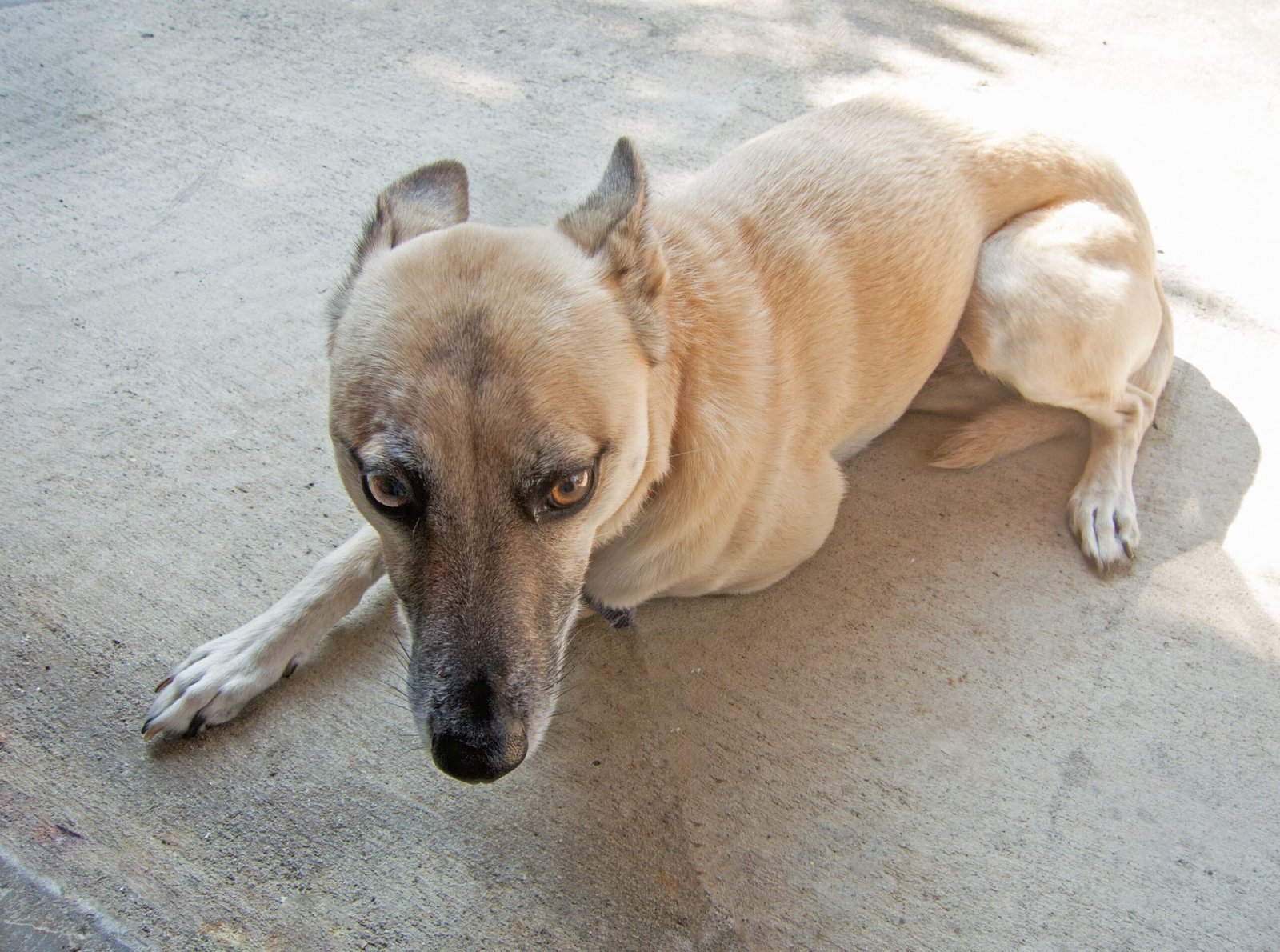
Separation anxiety is one of the most common issues faced by dogs, and it often begins with how owners handle departures and reunions. If you make a big fuss every time you leave or return, your dog learns that these moments are a big deal. This amplifies their anxiety, making alone time feel unbearable. On the other hand, being calm and matter-of-fact about comings and goings helps your dog see them as normal, everyday events. Many owners unintentionally reinforce anxious behaviors by giving too much attention at the wrong moments. Teaching your dog to feel secure when alone is a gift that will last their whole life.
Unrealistic Expectations and Training Pressure
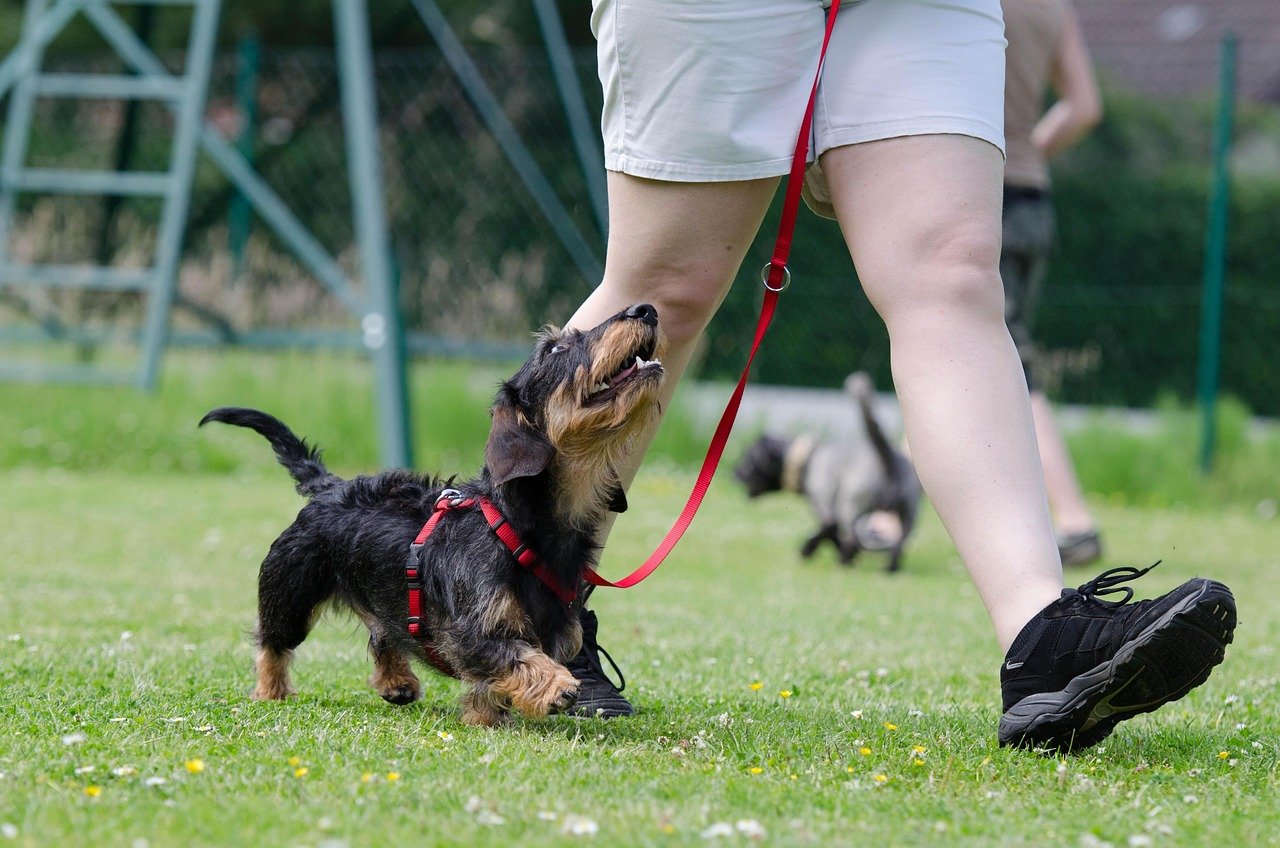
It’s natural to want your dog to be well-behaved quickly, but rushing the process only breeds anxiety. Training takes time, patience, and understanding. Expecting instant obedience or perfection puts tremendous pressure on your dog, especially if corrections are harsh or frequent. Dogs sense frustration and disappointment, which can make them anxious about training sessions. Instead, celebrating small successes and progressing at your dog’s pace creates a positive learning environment. When dogs feel safe to try, fail, and try again, they develop resilience and confidence rather than fear and avoidance.
Neglecting Mental and Physical Exercise
A bored dog is a recipe for trouble—and anxiety. Dogs need both physical activity and mental stimulation to feel content. Without enough outlets for their energy and curiosity, dogs become restless, destructive, or hyper-vigilant. These behaviors are often mistaken for bad manners but usually stem from unmet needs. Simple changes, like daily walks, puzzle toys, or training games, can make a world of difference. Fulfilling your dog’s instinctual needs lowers stress and builds a foundation of calm, balanced behavior. Dogs who are tired and satisfied are far less likely to develop anxiety in the first place.
Overprotectiveness: The Hidden Trap
It’s only natural to want to shield your beloved dog from anything that might frighten them. But being too protective can backfire, teaching your dog that the world is dangerous and that they are helpless without you. For example, scooping up your small dog at the sight of a larger dog or avoiding all unfamiliar situations tells your pet that fear is the right response. This overprotectiveness can leave dogs ill-equipped to cope with normal life, heightening their anxiety. Instead, gentle encouragement and gradual exposure to new experiences help your dog build courage and learn that they can handle challenges with your support.
When owners become more aware of these common mistakes, they can break the cycle of anxiety before it takes hold, giving dogs the confidence and security they need to thrive.
Jen is a passionate nature lover and ocean conservationist. She has dedicated her life to protecting the environment and preserving the beauty of the natural world. Growing up in a small coastal town, Jen sincerely appreciated the ocean and its inhabitants. She has spent countless hours exploring the shoreline, learning about the creatures that inhabit the waters, and advocating for their protection. Jen is an active member of ocean conservation organizations, and she is committed to educating the public about the importance of conserving wildlife and the natural environment.

